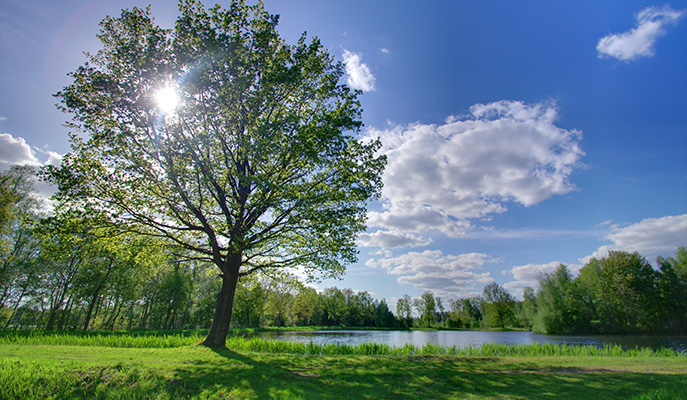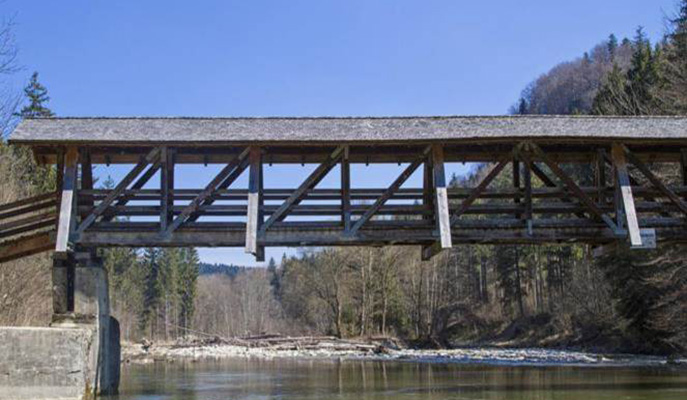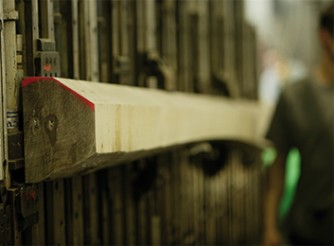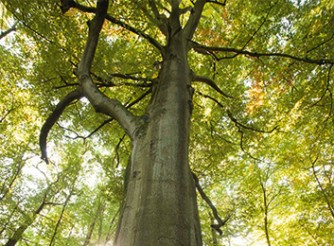Why Use Wood?
Wood is the most versatile and sustainable raw material available on the planet. Naturally equipped with exceptional functional characteristics, it is also beautiful. With infinite choices available, there’s a wood option for every taste, budget and need. Making wood part of the places we live, work and play contributes to the health and well-being of all of us, and our environment.
Wood is the Most Environmentally Friendly Material on Earth
The only energy needed to produce wood is sunlight. The processing and manufacturing of wooden products is also easy on the environment: Significantly less energy is used compared with the production of products made from any other material.
In addition, wood is beneficial to humans because it absorbs and stores CO2 from the atmosphere. At the end of their usability, wooden products can be safely disposed of or recycled, helping to effectively address issues surrounding climate change.
Wood is Strong and Durable
Trees thrive outdoors, grow tall, withstand storms and resist infections. Mother Nature has done her job well:
Wood has a superior strength-to-weight ratio. That means it’s strong and lightweight at the same time. This characteristic makes wood an ideal material for structural applications such as bridges with large spans.
Wood is durable. It lasts for centuries, even under harsh conditions. Houses in Venice, Italy stand on ancient Oak beams, withstanding salty breakwater day after day. Wood also ages with dignity, developing a subtle patina gradually, and revealing its distinct personality over time.
Wood is Strong and Durable
Trees thrive outdoors, grow tall, withstand storms and resist infections. Mother Nature has done her job well:
Wood has a superior strength-to-weight ratio. That means it’s strong and lightweight at the same time. This characteristic makes wood an ideal material for structural applications such as bridges with large spans.
Wood is durable. It lasts for centuries, even under harsh conditions. Houses in Venice, Italy stand on ancient Oak beams, withstanding salty breakwater day after day. Wood also ages with dignity, developing a subtle patina gradually, and revealing its distinct personality over time.
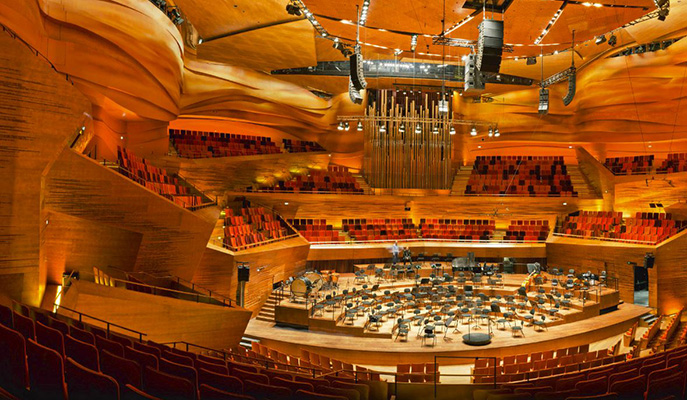
Wood is Warm and Creates Perfect Acoustics
Wood is warm. It has excellent insulation properties apparent to the touch. Compare the feeling of walking on a genuine hardwood floor with that of walking on laminate: The effect is real and easily measured.
Wood also creates perfect acoustics in interior spaces. Opera houses and concert halls worldwide give ample testimony to this distinguishing trait. Schools and churches prefer wood for this reason, among others, as well.
Wood is Antimicrobial
Wood has excellent antimicrobial properties. Its porous structure and tannins are ideally suited to resist bugs, bacteria and fungi. The traditional butcher block made from genuine wood is superior to plastic or glass, inhibiting the growth of micro-organisms: The less lacquer used on a wooden surface, the stronger the effect.


Wood is Antimicrobial
Wood has excellent antimicrobial properties. Its porous structure and tannins are ideally suited to resist bugs, bacteria and fungi. The traditional butcher block made from genuine wood is superior to plastic or glass, inhibiting the growth of micro-organisms: The less lacquer used on a wooden surface, the stronger the effect.
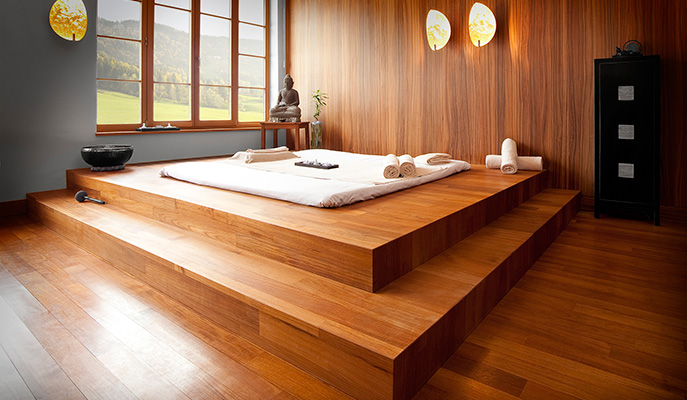
Wood Provides Comfort and Well-Being
The warmth and character of wood appeals to all senses. Its organic beauty is experienced from visual, tactile, audio and olfactory perspectives, making us feel comfortable and relaxed.
Exposure to wooden furniture and fittings has measurable health benefits. It helps lower heart rate and stress responses and encourages greater interaction among people. This is another reason why wood is a preferred material for schools and healthcare settings.
Wood Offers Infinite Choices for Every Taste and Budget
Every tree is different and every piece of wood unique. Natural characteristics such as knots and color variation show that the material is real wood and give each piece of furniture its individual personality.
Due to its authenticity, all wood conveys value and trust. At the same time wood supports an infinite number of style preferences ranging from traditional to contemporary; from rustic to elegant; from formal to relaxed; from subtle to eye-catching.
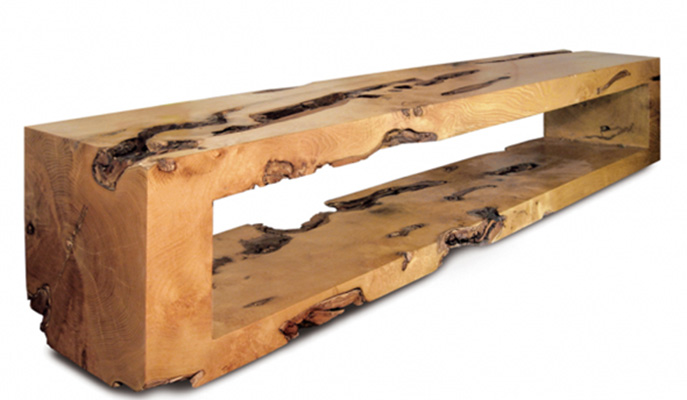

Wood Offers Infinite Choices for Every Taste and Budget
Every tree is different and every piece of wood unique. Natural characteristics such as knots and color variation show that the material is real wood and give each piece of furniture its individual personality.
Due to its authenticity, all wood conveys value and trust. At the same time wood supports an infinite number of style preferences ranging from traditional to contemporary; from rustic to elegant; from formal to relaxed; from subtle to eye-catching.
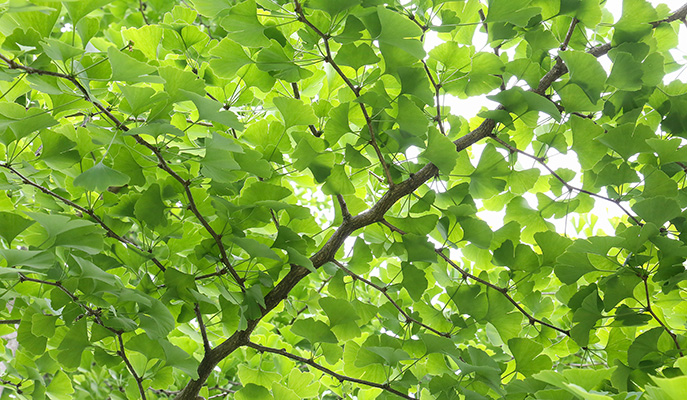
Hardwood Offers Most Variety
Consumers of wood can choose from several hundred hardwood species, the predominant type of wood growing today and the superior choice for decorative applications. The variety of colors, textures and densities provides almost limitless possibilities for manufacturers, designers and end-users.
The last ice age eradicated most softwood species; fewer than 20 remain. Trivia: The fossil record shows Gingko is the only species surviving that combines characteristics of softwood and hardwood; all other species in this category are extinct.
Using Wood from Sustainable and Legal Sources Protects Our Forests
If forests pay they stay
The forests on our planet are growing faster than needed to fulfill even our society’s increasing demands for wood products. Today, only half of the world’s wood consumption is for industrial use; the other half is being used for its basic thermal value or to convert forestlands into land for agricultural use.
Industrial use and preserving the health and diversity of our forests is no contradiction – to the contrary:


Using Wood from Sustainable and Legal Sources Protects Our Forests
If forests pay they stay
The forests on our planet are growing faster than needed to fulfill even our society’s increasing demands for wood products. Today, only half of the world’s wood consumption is for industrial use; the other half is being used for its basic thermal value or to convert forestlands into land for agricultural use.
Industrial use and preserving the health and diversity of our forests is no contradiction – to the contrary:

Forests thrive in the Northern hemisphere, where wood is used industrially and there is ample incentive to manage them sustainably. Forests shrink in the Southern hemisphere, in developing countries, where forests are destroyed for near-term gain. Purchasing wood both here and abroad from sustainable sources encourages communities to protect their forests, and pays them to do so.
It's easy to discern
Sustainable forestry has been practiced in Europe and North America for centuries. Wood from these regions can be normally procured worry-free. With the advent of certificates like FSC®, PEFC™ or SFI®, it has also gotten easier for Danzer customers to source attractive, exotic woods from legal and sustainable sources elsewhere.




